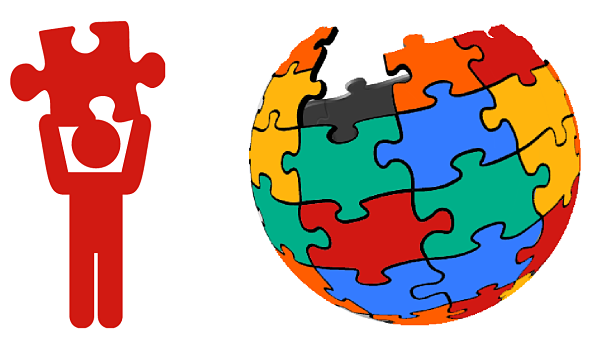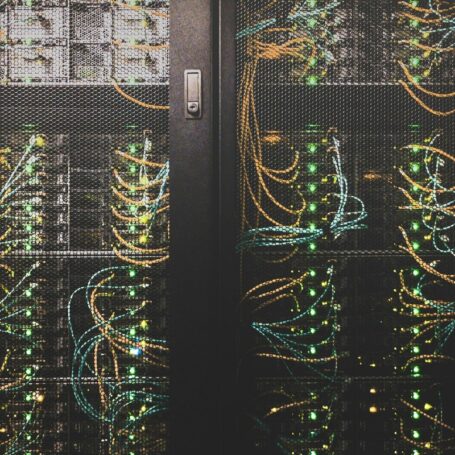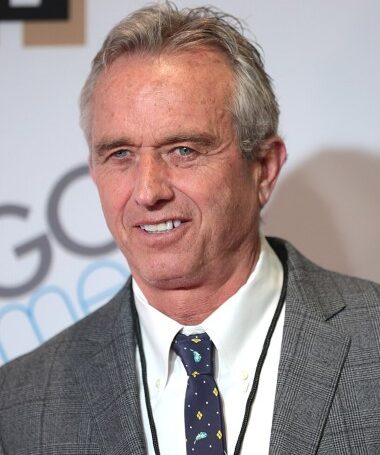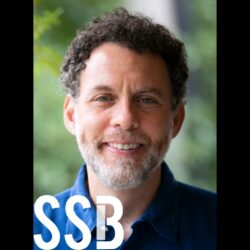No Longer Giving Away the Farm, Data Sharing Creates Industry-Wide Results
 The term “big data” has only been on the scene for about a decade, but people have been collecting and utilizing vast amounts of information in various capacities for thousands of years. Whether it’s to create the next artificial intelligence and enhance machine learning, change the current retail structure to boost sales or to find new treatments – or possibly a cure – for cancer, the world is an ever evolving landscape of possibilities. As part of the push for big data usage, open information sharing has become an interesting trend capable of not only connecting the world’s thought leaders, but pushing the boundaries of research and utilization into new territories.
The term “big data” has only been on the scene for about a decade, but people have been collecting and utilizing vast amounts of information in various capacities for thousands of years. Whether it’s to create the next artificial intelligence and enhance machine learning, change the current retail structure to boost sales or to find new treatments – or possibly a cure – for cancer, the world is an ever evolving landscape of possibilities. As part of the push for big data usage, open information sharing has become an interesting trend capable of not only connecting the world’s thought leaders, but pushing the boundaries of research and utilization into new territories.
Data sharing has found several niches in the technology space over the last couple decades and is quickly making its way into highly beneficial markets. According to the United States Geological Survey, the process of data sharing helps raise the quality standards of all information because it must be capable of being shared with academic peers, the scientific community at large and eventually the public.
Additionally, data sharing puts reliable information in front of researchers who might be able to use that information to create new findings. In recent years, both big data and data sharing have been at the front lines of research in a variety of areas, and are serving as models for groundbreaking research and unique discoveries.

“No man is an Iland, intire of it selfe; every man is a peece of the Continent, a part of the maine.” – John Donne
The concept of big data and data sharing in general hearkens back to the line by John Donne, “no man is an island.” In the past, companies and researchers would protect precious findings by keeping discoveries within their own walls. But with the Internet and increasingly complex technology, researchers around the globe now often work together to solve the world’s biggest mysteries using fewer resources, saving money and streamlining some repetitive processes. For example, in 1990, the United States and five other countries embarked on the Human Genome Project, a wide scale and time-consuming endeavor to map the human genome. Thanks to the power of data sharing, the mission was completed by 2003, nearly two years ahead of schedule. More recently, data sharing has found its niche in the health space once again, as the United States continues its quest to cure cancer.
In 2016, former President Barack Obama launched the Cancer Moonshot Initiative, a far-reaching project with the goal of completing ten years worth of cancer research by 2020. Currently led by former Vice President Joe Biden, the moonshot’s mission encourages data sharing between not only the U.S. government and scientific researchers, but big pharma companies as well. As a result, patients have the unique ability to benefit from groundbreaking results we’re seeing from research.
For example, when a patient is diagnosed with an aggressive cancer like mesothelioma, the disease’s poor prognosis prompts patients to explore every option available to them. Since the inception of the Moonshot, data sharing has made it possible for mesothelioma patients to more easily find clinical trials though the National Cancer Institute. In prior years, trials were difficult to find and the enrollment process was trying. Data sharing is also making it possible for researchers to find new treatments for diseases using drugs already on the market. Keytruda, which also goes by the name pembrolizumab, is currently approved to treat melanoma and non-small cell lung cancer. However, the drug is being repurposed, testing its efficacy among patients with mesothelioma, bladder cancer and hepatocellular carcinoma, among other cancers. Many clinical trials are in Phase I and II, offering those patients some hope that another reliable treatment may be on the way.
While data sharing has proven to be a reliable process, it’s impact stretches far beyond the scope of health and technology. The social sciences have been sharing data for years, ranging from meteorology and agriculture, to demographics and economics. In many cases, where the thought of competition and the inherent need to make a profit might be seen as barriers to cooperation, the exact opposite has been seen. For example, within the agriculture space there is an international effort to help alleviate problems caused by food insecurity. Global Open Data for Agriculture and Nutrition (GODAN) was developed to help bring private and public organizations together alongside governments to analyze and make use of open data related to everything from food security to more sustainable food production.
Whether it’s analyzing meteorological data to determine weather patterns and track climate change events across the globe or employing the Genomic Data Commons to share information and gather data from researchers across the country, the need for open data has grown exponentially. Where sharing industry information was once thought of as “giving away the farm,” it has since grown into its role as a commonplace technique capable of generating big results. Tackling climate change, curing cancer and ending food shortages are monumental tasks, but by opening up all available resources to the brightest minds available anything is possible!























































































